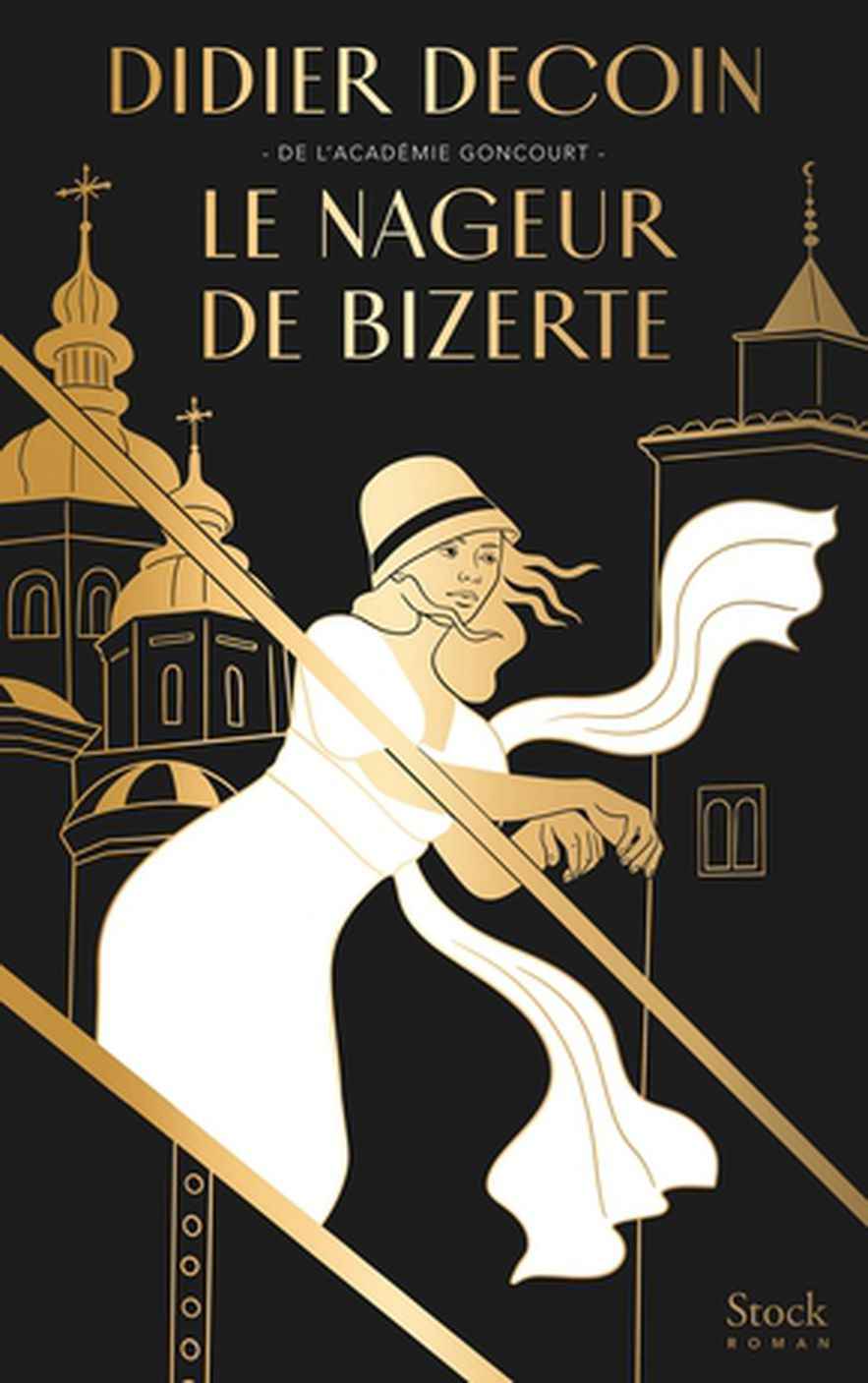Silence and Anger
By Pierre Lemaitre.
Calmann-Lévy, 579 pages, €23.90.
The rating of L’Express: 3/5 (in bookstores on January 10)
Before resetting the counters, let’s recall a key figure from last year: in 2022, Pierre Lemaitre sold 320,000 copies of his novel The Big World – less than Joël Dicker with The Alaska Sanders Affairbut more than Michel Houellebecq with Annihilate. In a market in crisis, this is staggering. Even more when we know that The Big World was the first volume of a copious tetralogy named The Glorious Years. Lemaitre is not afraid of anything, and his public follows him with closed eyes.
We find in Silence and Anger the Pelletier family met in The Big World. There is no more Indochina that holds: the action this time is located between Beirut, Paris and the Yonne, where a village threatens to be engulfed by the impounding of a dam. Things are not going well for the Pelletier children. Jean, who has crimes on his conscience, risks being overtaken by justice – in the meantime, his wife tyrannizes him. As for Hélène, a journalist, she has become pregnant by her editor and is looking for an abortion at a time when the Veil law does not even exist in dreams and when the police hunt down angel makers. Many other plots and characters are grafted onto these two main plots.
By his own admission, Lemaitre aims to be a Zola of the last century, serializing the 20th since the interwar period (his successful trilogy The Children of Disaster) to modern times (he plans to write another trilogy after The Glorious Years). The problem, when you take yourself for Zola, is that you have the “J’accuse…!” ” easy. Without wanting to alienate his 320,000 aficionados, let’s dare to say that Lemaitre is not an ambiguous writer and player à la Philip Roth. He tends to position himself a little too easily on the side of the underdog. But after all, the social novel was never meant to be famous for its scratchy humor, and Lemaitre shines with two other assets: historical reconstruction and inspiration.
Let us note to conclude that Lemaitre is not an isolated case in the current editorial landscape. Contrary to well-calibrated stories of 200 pages, other authors opt for counter-programming by offering novels-fleuves. Eric-Emmanuel Schmitt is thus launched in The crossing of time, of which he announces eight volumes. As for Jean-Christophe Rufin, he signed in 2022 with Calmann-Lévy (the publisher of Lemaitre) for a novel cycle that is announced for the long term. It remains to be seen which of the three will have the most stamina. And if the marathon was the future of French letters? Louis-Henri de La Rochefoucauld
Silence and Anger By Pierre Lemaitre.
© / Calmann-Levy
The Swimmer of Bizerte
By Didier Decoin.
Stock, 443 pages, €22.50.
The rating of L’Express: 4/5 (in bookstores on January 4)
His status as venerable president of the Goncourt Academy should not make us forget that Didier Decoin was once a young author fond of impossible loves, characters very different from him and great journeys in space or time – the hero of his novel John Hell, Prix Goncourt 1977, was a Cheyenne tile washer in New York! Decoin was only 32 then, and as far as we know he has no Indian blood. He has always remained faithful to this exotic aesthetic line, which one thinks for example of The Maid of the Titanic (1991) or at An Englishwoman on a bicycle (2011).
After The Office of Gardens and Ponds (2017), which teleported us to Japan in the 12th century, Decoin returns with The Swimmer of Bizerte, which, as its title suggests, takes us to Tunisia… but not only. We are in 1921, and the starting point is a true story. A few months earlier, Crimea had still escaped Bolshevik conquest. In Sevastopol, Yalta and Kerch, a hundred ships were then stormed by more than 5,000 White Russians guided by the instinct of survival, and these boats took them to the harbor of Bizerte. Against this highly documented and well-rendered historical background, Decoin features Yelena Maksimovna Mannenkhova, a young and beautiful Ukrainian aristocrat who grew up in a fairy-tale estate. This Chekhovian character fled in the company of an old aunt, but she is chased by a fierce Cossack, whose mission is to cut off his head…
We feel Decoin nourished by all of Russian literary history, from Turgenev to Pasternak via the nostalgic Nabokov ofOther shores. Dominique Fernandez publishes these days an essay, The Soviet Roman, a continent to discover, which reminds us that the current war is not a reason to turn our backs on an inexhaustible heritage – Putin must not make Pushkin forget. In a certain way Decoin does the same: in his novel we see the best of Russia reappear. But that’s not all. Because in Bizerte, there are also dockers, one of whom, Tarik, more curious and romantic than the others, will fall in love with Yelena… Forbidden liaison, of course.
The Russian battleship stranded in Tunisia then becomes the place of a camera mixing love and suspense – the titanic is not the only ship to be entitled to adventures! For the record, it should be noted that Decoin had tackled this ample novel in the spring of 2020, while he was locked up in his house in Normandy. Proof that confinement made it possible to escape very far into the imagination. L.-H. FROM LR

Louis-Henri de La Rochefoucauld The Swimmer of Bizerte By Didier Decoin.
© / Stock
